The James Webb Space Telescope (JWST) is a next-generation space telescope that is currently under development by NASA, with significant contributions from the European Space Agency (ESA) and the Canadian Space Agency (CSA). It is named after NASA’s second administrator, James Webb, who served from 1961 to 1968.
The JWST is designed to be the successor to the highly successful Hubble Space Telescope and will be the most powerful and advanced imaging platform ever built. The telescope is infrared-optimized, with a primary mirror made up of 18 hexagonal segments totaling 6.5 meters in diameter.
A New Generation of Space Imaging
Using its ability to observe in the infrared part of the electromagnetic spectrum, JWST will allow us to see objects too cold or too distant to be seen in the past. The JWST is also capable of resolving images in more detail and clarity than we’ve ever been able to see in the past.
Side-by-side comparison between Hubble-generation imagery and James Webb pictures shed entirely new light on familiar structures and objects out in deep space.
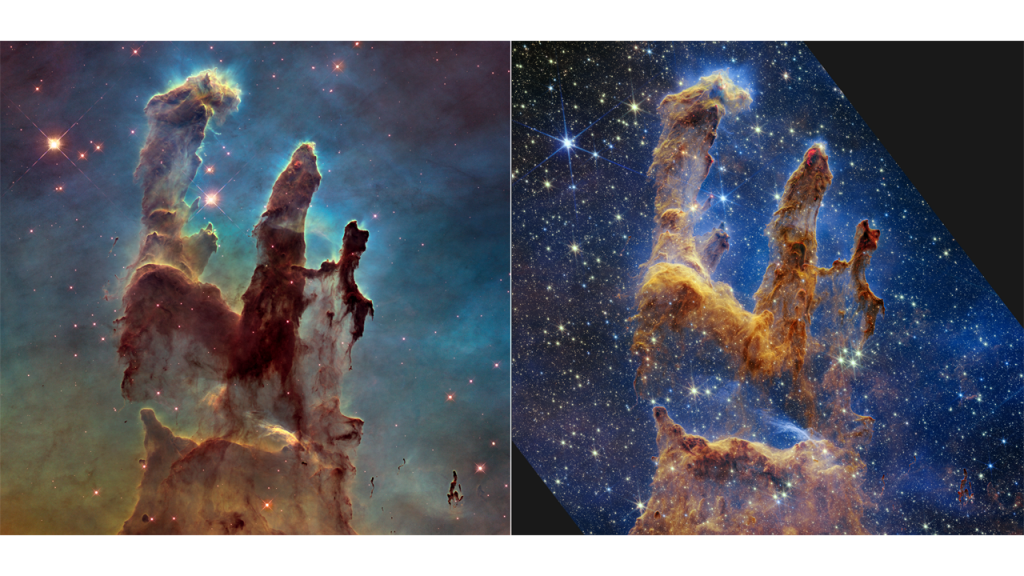
One of the main drivers of the JWST program is to study the early universe and the formation of galaxies. By observing in the infrared part of the spectrum, the JWST will be able to see through the dust and gas that obscures many distant objects, allowing astronomers to study these objects in much greater detail. The JWST will also be able to study the atmospheres of exoplanets, which are planets that orbit stars outside of our own solar system.
Another important aspect of the JWST is its location. Unlike the Hubble Space Telescope, which orbits the Earth at an altitude of about 600 kilometers, the JWST will be located at the Earth-Sun L2 point, which is about 1.5 million kilometers from the Earth. This will allow the JWST to maintain a stable temperature and avoid interference from the Earth and Moon, which can interfere with astronomical observations.
Developing the James Webb Telescope
The development of the JWST has been a long and complex process, with many challenges along the way. The project was first proposed in 1996, and the original plan was for the telescope to be launched in 2011 at a cost of $1 billion. However, the project has faced numerous delays and cost overruns, and the launch is currently planned for March 30, 2021, at a cost of over $9 billion.
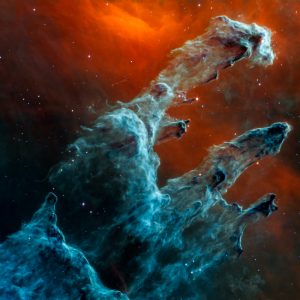
One of the main reasons for the delays and cost overruns is the complexity of the JWST’s design. The telescope’s infrared capabilities and large size require the use of specialized materials and technologies, which have proven to be difficult to develop and test. Additionally, the JWST’s location at the Earth-Sun L2 point presents unique challenges for its deployment and operation.
Despite the challenges, the JWST remains an exciting and important scientific project. When it is finally launched, it is expected to revolutionize our understanding of the universe and our place in it. The telescope’s unique capabilities will allow astronomers to study objects and phenomena that were previously inaccessible, providing new insights into the origins and evolution of the universe.
In conclusion, the James Webb Space Telescope is a next-generation space telescope that will be the most powerful and advanced telescope ever built. Its ability to observe in the infrared part of the spectrum and its high resolution will allow it to study some of the most distant and difficult-to-see objects in the universe, providing new insights into the origins and evolution of the cosmos. Despite the challenges and delays, the JWST remains an exciting and important scientific project that will greatly advance
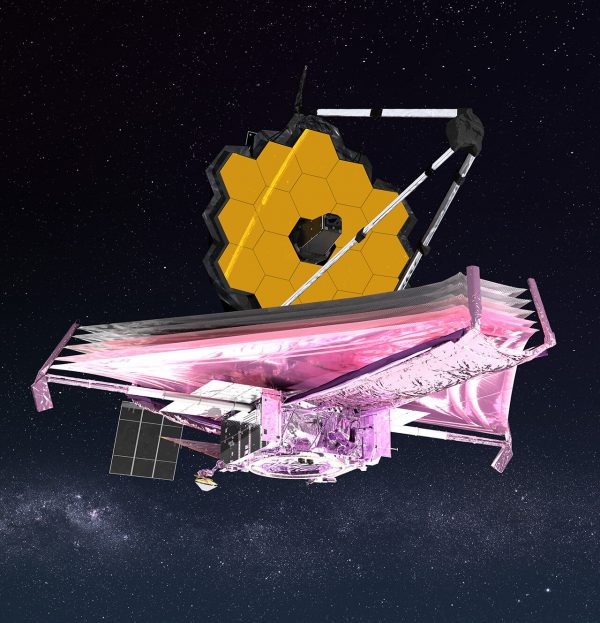
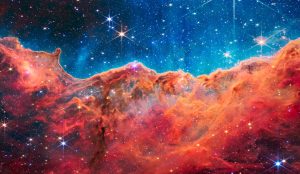
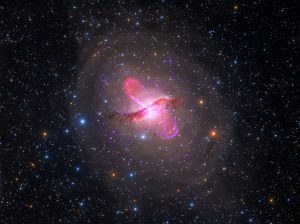
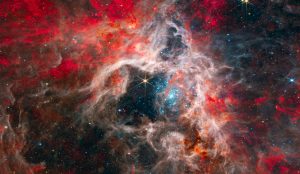
[…] best known for being one of the earliest subjects captured by the James Webb space telescope, the Carina Nebula is comparatively close to Earth, located only about 7,500 light-years away. Much […]